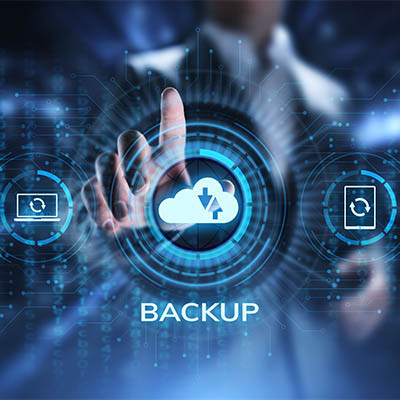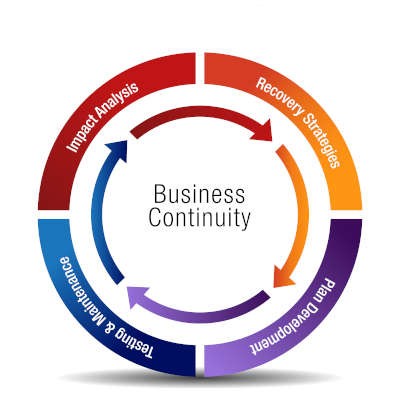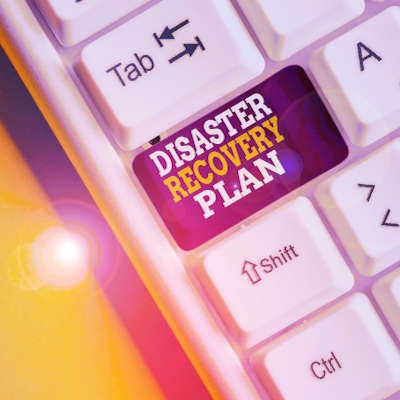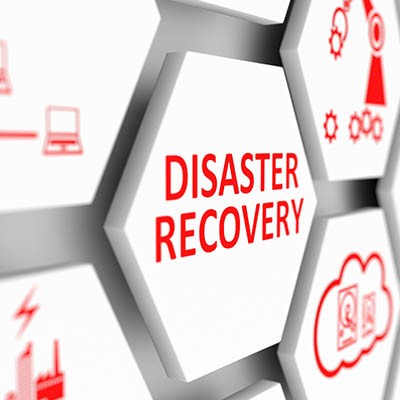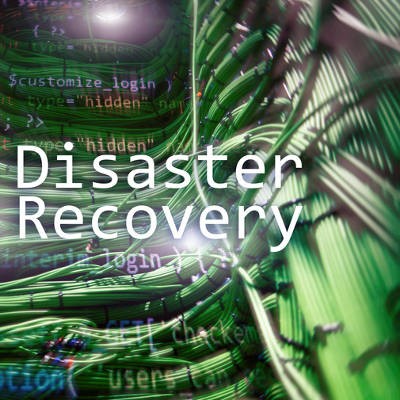Datalyst Blog
When we are talking about the continuity of your business, we typically use the colloquialism “disaster” for just about anything that could put the brakes on your business’ ability to do business. But what happens when that “disaster” is an actual disaster and threatens to derail your business completely? Today, we take a look at some disaster preparedness tips that can quite literally save your business from ruin.
Most business owners that rely on their IT have heard about managed It services. Many already subscribe to some form of outsourced IT service. It is one of the best ways to cut down your business’ operational costs while gaining value through the use of services that, if they were to be purchased intermittently, would cost a lot more. Today, we thought we’d list some of the most important variables you should consider if you are looking to choose a managed IT services provider.
Having a comprehensive data backup and recovery strategy in place can absolutely save your business. This means it’s extremely important. Unfortunately, too many businesses don’t consider their backup and recovery systems until it is too late. Let’s unwrap what makes a successful backup and recovery platform work, and how to get one for your business.
Know it or not, your business takes in and creates a lot of data. Most of this data, like most items and information, isn’t worth much. Some of it, however, is crucial to your business’ ability to operate. If a situation comes along where you are faced with the prospect of losing your data, it will be much better to have a backup plan in place than not.
When considering a continuity plan for your business, you need to consider some scenarios that may not ever happen. This is called risk management and it is the basis of keeping your business up and running regardless of the situations that it encounters. This month, we thought we would outline some of the variables that need to be addressed when creating a comprehensive business continuity plan.
How confident are you that your business could survive a data disaster of any size and scale, from a single misplaced file to a complete loss of your entire onsite infrastructure? Being prepared to recover from any version of events is key to your business’ success. Let’s discuss this concept, which is widely known as IT resilience.
Your data is vital for your organization’s continuity. Your data consists of everything from your company documents, accounting records, client contact information, prospects and leads, procedures, and everything else needed for you to keep operations running smoothly. That’s why all businesses need a solid backup solution that is monitored and tested regularly.
The Novel Coronavirus has made its way around the world and it has certainly changed the way a lot of businesses do things. Some businesses have put in some type of disaster recovery platform. This is basically a plan for returning to continuity after some type of disaster, but we are seeing that many business continuity plans were not broad enough to take on a worldwide pandemic. Sadly, many of these businesses won’t open again.
COVID-19, or coronavirus, has been a major global health concern over the past couple of months. At this point, it is clear that this disease could have serious impacts on the workplace. We wanted to provide a brief rundown of good workplace and network health practices, as well as a few pointers on how you can handle health-based employee absences.
World events have always had a big impact on the banks that one finds on Wall Street, but in many ways, the one that coronavirus (COVID-19) has demonstrated has been unprecedented. As such, it almost provides a case study of the importance that disaster recovery planning has for any business… Wall Street institutions included.
For the modern business, ensuring that you have contingencies in place will go a long way toward keeping you in business if disaster strikes. One of the contingencies many businesses choose to make as part of a business continuity strategy is a disaster recovery plan. Disaster recovery is more than restoring data, it can mean mobilizing people and capital against time. Let’s take a look at two of the core components of a comprehensive disaster recovery strategy, Recovery Time Objective and Recovery Point Objective.
Maintaining a proper data backup system is one of the most important parts of business continuity, even if it’s something you’d rather not think about. If you don’t take data backup seriously, your organization is at considerably greater risk compared to what it would be like if you had it. We’ll walk you through the proper steps toward making your organization’s future more secure through data backup.




